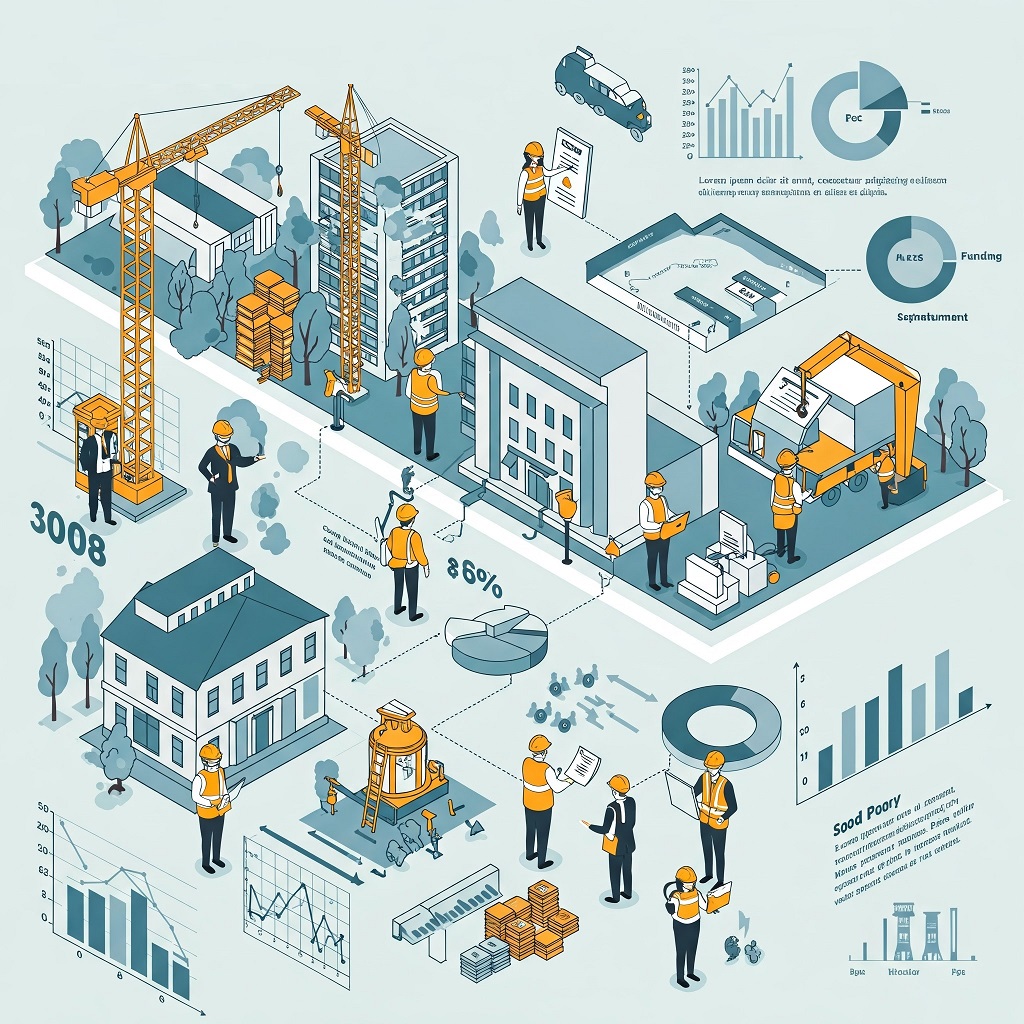Every great city has a backbone built by public hands. Roads, bridges, airports—these don’t just appear. They begin with bold moves from government leaders willing to invest in the groundwork of progress. In global construction, those public decisions often shape the future of entire regions.
Infrastructure Projects Unlocking Regional Potential
In many parts of the world, access to opportunity still depends on access to infrastructure. Government construction plays a major role in opening up regions that were once isolated or underserved. When a new rail line connects rural areas to cities, or a new highway cuts through previously unreachable zones, the impact ripples beyond transport. Suddenly, businesses have routes to move goods, and people have access to schools, hospitals, and markets.
This is where global construction efforts truly change lives. An international construction company working on public infrastructure doesn’t just pour concrete—they help lay the foundation for long-term growth. By opening up trade routes, encouraging migration to new economic centers, and easing movement between regions, these projects become more than just physical structures. They unlock potential that had been waiting for a path forward.
Accelerating Growth Through Government-Led Initiatives
When governments step in with large-scale construction plans, growth follows. It’s not just about roads or ports—it’s about building momentum. A carefully planned government initiative can attract attention from industries and investors looking for signs of a stable, expanding economy. When a country invests in its own infrastructure, it sends a signal that it’s ready to grow.
International construction companies often partner with public agencies to bring these initiatives to life. Their experience in managing complex projects across continents brings efficiency and consistency to massive infrastructure jobs. Whether it’s a power grid in Africa or a high-speed rail project in Asia, the pattern is the same—government funding opens the door, and skilled builders make it real. Together, they spark faster development in regions that need it most.
Public Funding Catalyzing Private Sector Development
Government construction doesn’t just serve public interests—it lights a fire under private investment. When a state commits to building a major airport or transportation hub, businesses take notice. Developers start planning hotels, logistics firms scout for new warehouses, and manufacturers move operations closer to new access points. This domino effect creates entire economic ecosystems around publicly funded projects.
A global construction partner can help steer these developments toward sustainable growth. Their role often goes beyond just building—it includes consulting, planning, and ensuring the surrounding infrastructure supports future business activity. With international construction companies involved, government-backed infrastructure projects have the power to jumpstart industries that thrive long after the ribbon is cut.
Strengthening Economic Resilience via Infrastructure Expansion
Resilience isn’t just about bouncing back—it’s about having the framework to keep moving forward. Strong infrastructure is a critical part of any country’s ability to weather economic shocks. When global supply chains break down or natural disasters strike, countries with robust transport systems, power networks, and communication lines recover faster. These systems, often built through government construction efforts, help keep the economy running under pressure.
International construction companies are often called in to reinforce and expand these systems. With projects focused on reinforcing ports, stabilizing power stations, or updating flood control infrastructure, public construction becomes a long-term investment in national security. In global construction, building strength into the bones of a country is one of the smartest strategies a government can take.
Government Construction Stimulating Employment Opportunities
Public infrastructure work remains one of the most dependable job creators around the world. From architects and engineers to machine operators and electricians, each project brings together a wide range of workers. Government construction plans often create immediate employment during the building phase and permanent positions once the project is complete—think maintenance crews, toll operators, transit staff, and more.
The role of an international construction company in these efforts is more than just coordination. These companies often bring training programs, safety practices, and technical know-how that raise the bar for local labor. In places where skilled labor is scarce, that knowledge transfer can reshape a workforce for years to come. With every public construction job comes the chance to build not just structures, but stronger, more capable communities.
Revitalizing Urban Landscapes Through Public Infrastructure Projects
Government construction doesn’t just build new—it transforms the old. In cities around the globe, aging infrastructure drags down quality of life and hinders future development. Revitalization projects, often led by public agencies, bring new energy into forgotten corners of urban areas. Parks, transit hubs, renovated public buildings—these don’t just improve daily life, they shift the trajectory of entire neighborhoods.
Global construction partners have become instrumental in this urban evolution. They bring design-forward thinking and smart construction practices that make public spaces more efficient, beautiful, and adaptable. Whether it’s a city square in Europe or a waterfront project in Asia, the right international construction company helps turn government vision into meaningful, lasting change. These projects don’t just change the skyline—they change how people feel about the place they call home.



